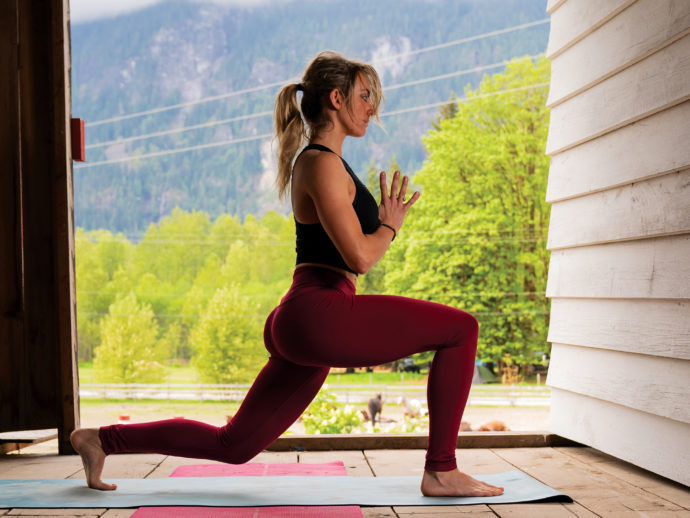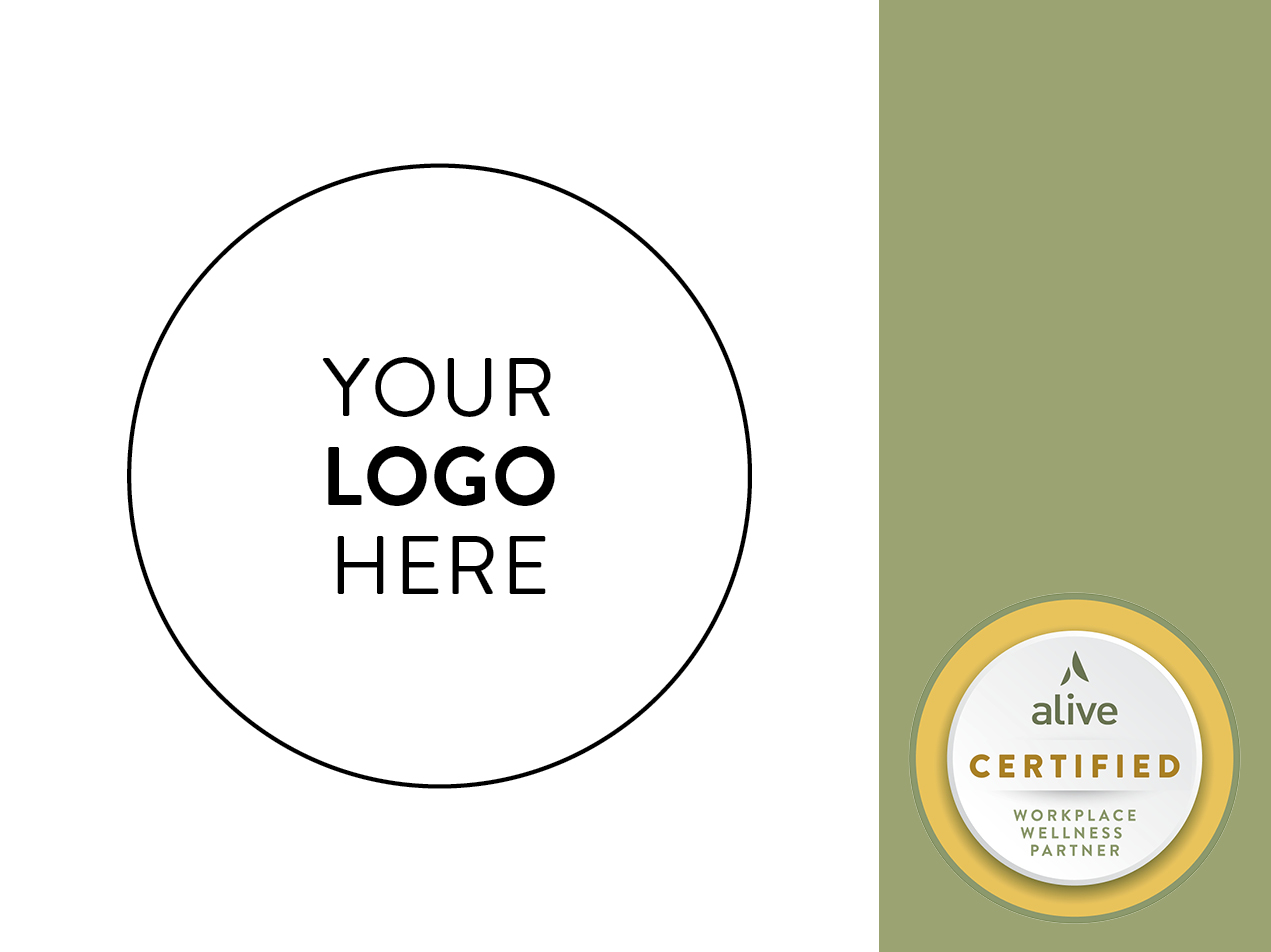
Want to boost your brain health? Get moving! Physical exercise helps both your memory and your thinking due to reduced insulin resistance, reduced inflammation, and the stimulation of growth factor release. Growth factors initiate the growth of new blood vessels in your brain, as well as increase and assist with the survival of new brain cells.
Studies show that engaging in regular exercise is an effective intervention for people with mood disorders, leading to neuroplastic effects in the brain—essentially the changing and reorganizing of neurons to meet the demands of the environment they’re in.
Cardiovascular as well as strength-training exercises have also been proven to assist in brain health, especially in adults with dementia and Parkinson’s disease.
Studies have shown that a higher intensity aerobic workout can have a more positive result than low-intensity aerobic exercise when it comes to mood disorders. This doesn’t mean you have to strap on your leg warmers and do a thousand jumping jacks, but make sure you’re getting your heart rate elevated and not just doing a slow walk every day.
Stay-sharp workout
For ways to increase your brain health and to feel stronger overall, try these three exercises. Repeat each strength and balance exercise 10 times, adding weights to make it more difficult.
Balance—Single Leg Deadlift
Brain benefits: learning to balance; fall prevention
Body benefits: core engagement; hip stability
- Standing with both feet together parallel, lift one foot off the ground while reaching your opposite arm out.
- Slowly lower your upper body down toward the floor, hinging from your hip, reaching your hand toward the ground, and stretching your leg out behind you as you lower yourself.
- Pause for a few seconds, and then slowly lift yourself back upright.
- Repeat on the other side.
Strength—Squat to Rear Lunge
Brain benefits: multiple movement patterns to think about; increasing brain plasticity
Body benefits: gluteal and leg strength; balance and core stability
- Stand with both feet parallel, hip-width apart. You may hold weights in your hands to increase the resistance.
- Slowly lower your buttocks back in a sitting motion, keeping your chest up and eyes forward.
- Squeeze your buttocks and then slowly stand back up.
- Immediately take one leg back behind you and bend your knee toward the floor. One foot is forward; the other is back.
- Bring your rear leg back to the wide stance, then switch to the other leg lunging.
Aerobic—Speed Skating
Brain benefits: may help decrease symptoms of mood disorders
Body benefits: increased calorie burn; heart and lung improvement
- Stand tall with a mat or bench in front of you for a visual aid.
- Hop to one side, going the distance of the mat or bench, landing with one foot behind the other, elevated off the ground, and swinging your arms to the side as you hop.
- Quickly hop to the other side, landing on one foot.
- Repeat for 30 seconds.
- Level one, step side to side and eliminate the hop.





